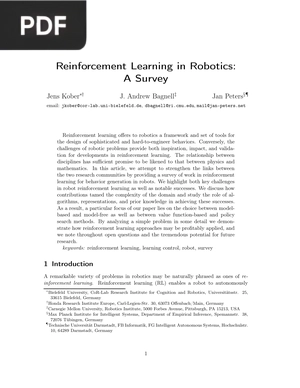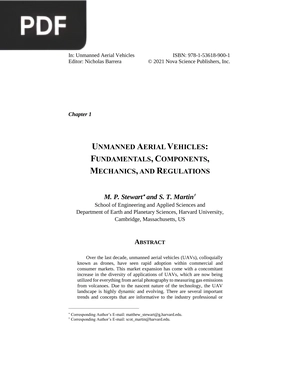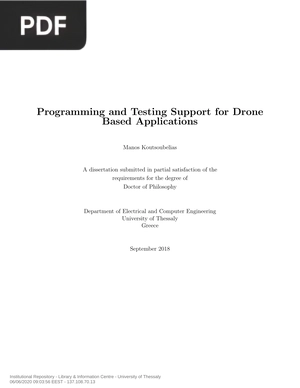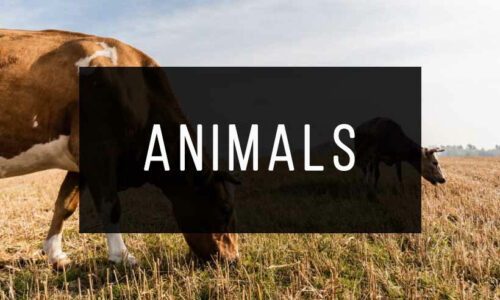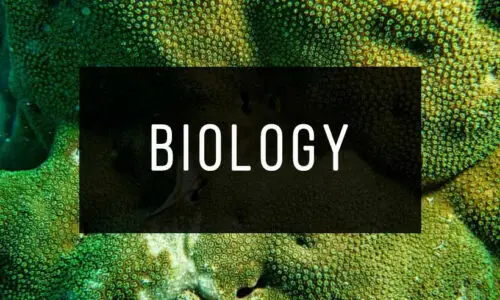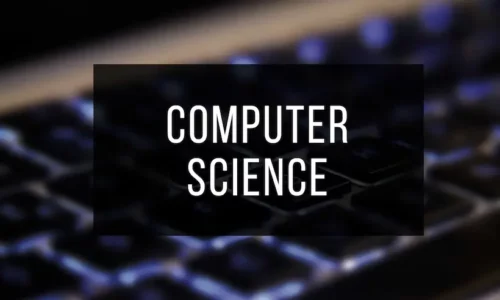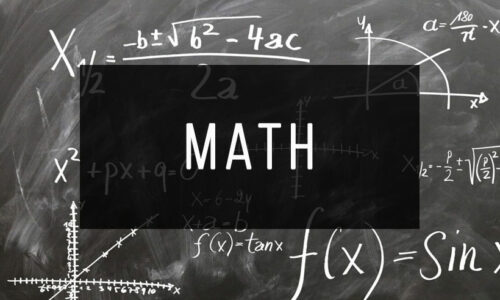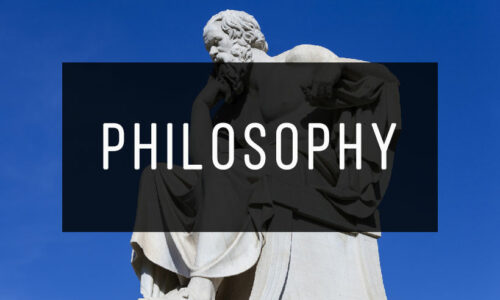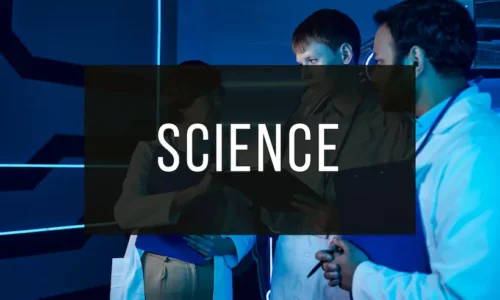Interactive Robot Learning for Multimodal Emotion Recognition
Author: Chuang Yu and Adriana Tapus
*Wait a few seconds for the document to load, the time may vary depending on your internet connection. If you prefer, you can download the file by clicking on the link below.
Information
Description: Interactive Robot Learning for Multimodal Emotion Recognition by Chuang Yu and Adriana Tapus explores using interactive robot learning with multimodal data for online emotion recognition. This research is valuable for improving human-robot interaction through more accurate emotion detection.
Pages: 11
Megabytes: 0.22 MB
This may interest you
Reinforcement Learning in Robotics – A Survey
Extension: PDF | 73 pages
Reinforcement Learning in Robotics - A Survey por Jens Kober J. Andrew Bagnell and Jan Peters provides a comprehensive overview of reinforcement learning techniques applied to robotics, highlighting challenges and successes. This paper bridges the gap between machine learning and robotics, showcasing how RL enables sophisticated robot behaviors.
Unmanned aerial vehicles – fundamentals, components, mechanics, and regulations
Extension: PDF | 70 pages
Unmanned aerial vehicles - fundamentals, components, mechanics, and regulations por M. P. Stewart and S. T. Martin offers a comprehensive overview of UAV technology, from basic principles to regulatory landscapes. This chapter is essential for anyone seeking a deep understanding of UAV systems and their diverse applications.
Drone Photography – The Definitive Guide
Extension: PDF | 175 pages
Drone Photography - The Definitive Guide by PhotoPills is a comprehensive guide to capturing stunning aerial photos and videos using drones. Discover expert tips, techniques, and essential tools to elevate your drone photography skills.
Programming and Testing Support for Drone Based Applications
Extension: PDF | 139 pages
Programming and Testing Support for Drone Based Applications por Manos Koutsoubelias introduces a framework, TeCoLa, to simplify multi-drone mission programming by addressing communication, coordination, and fault tolerance. It provides a valuable foundation for developing robust and scalable robot-machine learning applications involving drone swarms.


